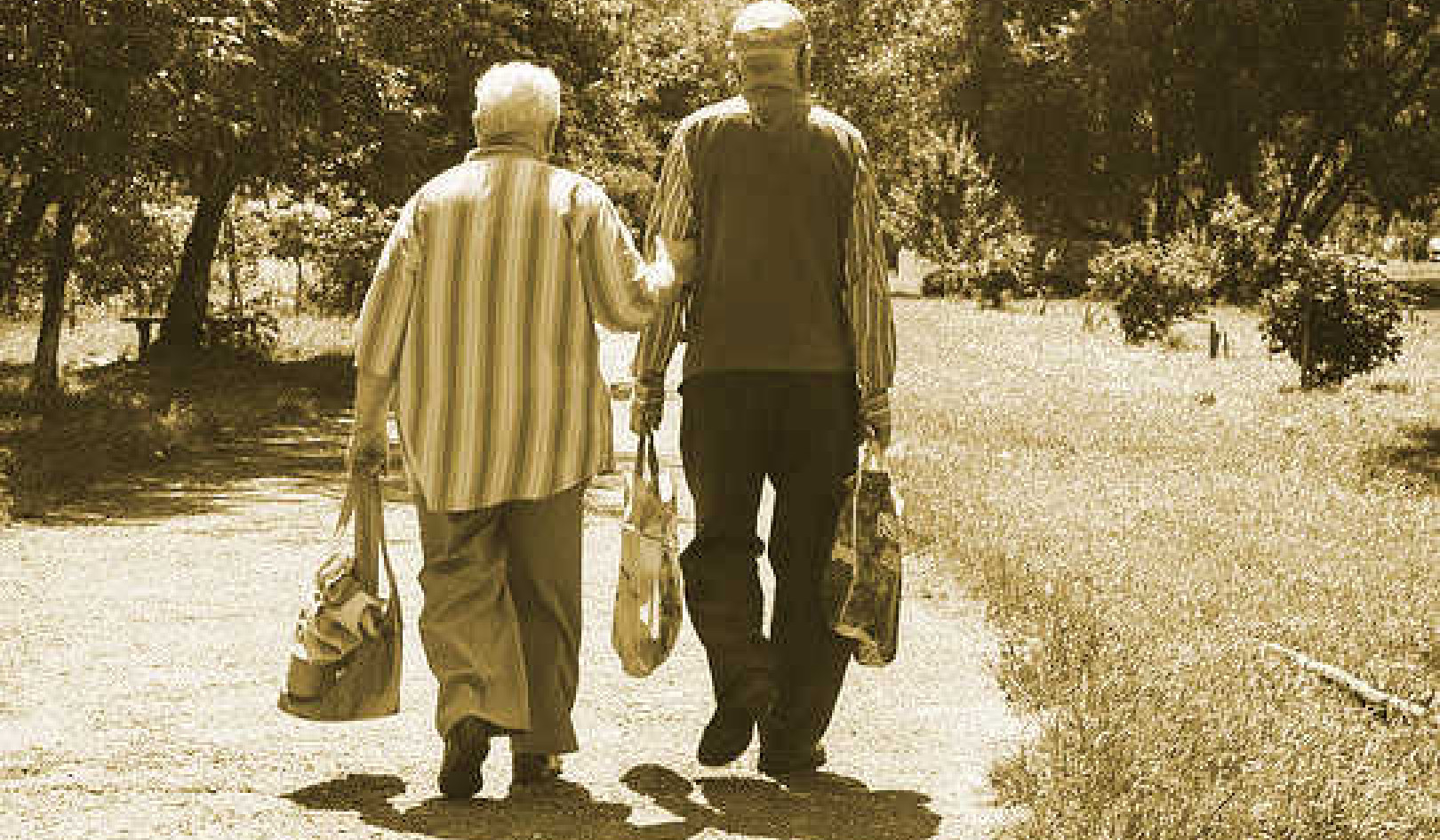
David Gallagher, Author provided
You can be on that exit point for five minutes, battling all these voices in the head, and all of a sudden, a calmness comes over you, and you realise … it’s good, let’s do it. We used to call that “the moment”. Andy Guest, UK base jumper.
Is there something us mere mortals can learn from “the moment”? I believe so. As an adventure psychologist and neuroscientist my work explores this question. Research has shown simple techniques can help people access this meditative state.
In extreme sports, the consequences of athletes’ decisions can be life threatening. Scientists have described base jumping as the most extreme of extreme sports. It involves parachuting from fixed structures including buildings, antennae, bridges and cliffs.
By one calculation, there’s a 50 times increased risk of dying compared to skydiving. Having said that, there has only been one fatality in the UK in the last 30 years.
But base jumpers aren’t all big impulsive personalities. They are just as prone to self-doubt as the rest of us.
A cool balance
Stress hampers performance. In the face of threat, parts of the brain involved in reasoned decision-making shut down. This can impair judgement.
But this physiological response can change. Research shows experienced skydivers have increased control over their autonomic nervous system response to stress, which governs vital functions such as blood pressure, heart rate and breathing.
Ordinarily, the stress response is associated with activity in the sympathetic branch of the autonomic nervous system. This division regulates the fight-or-flight response. The sympathetic system also relaxes the bladder, speeds up heart rate and dilates eye pupils.
Yet, some people show increased activity in another branch as well: the parasympathetic nervous system, normally associated with restorative functioning after exposure to stress as well as life-sustaining processes such as digestion. Activation of the parasympathetic branch helps people stay calm even when highly stimulated.
A different view
There are tactics anybody can use to restore balance in the nervous system. For example, slower breathing increases parasympathetic activity. This goes hand-in-hand with being mindful of unwanted thoughts.
Adopting a “challenge mindset” can also enhance people’s ability to perform under pressure. This involves seeing a situation for the opportunities it presents instead of seeing it as threatening. Motivational self-talk can help too: saying things like: “I can do this.”
This approach won’t transform you into a cool-headed master of your fears overnight. But practising these techniques for even a few days can result in beneficial effects on nervous system activity.
Harder than it sounds
This is not to say severe anxiety can be cured with breathing techniques.
The inner voice of self-doubt can make it difficult to activate the parasympathetic branch. This is because your mental resource is being diverted to a set of brain regions known as the default mode network. The default mode network is where mental processes involving reflection happen. This is the source of that inner voice which can turn into self-critical chatter, focusing on negative events from your past.
When areas of the brain involved in thinking and emotional processing become over active, this can result in rumination and anxiety. Rumination is excessive, repetitive thinking about the same event that focuses on the negative and results in emotional distress. It’s difficult to switch off.
Learning to manage the default mode can help us develop resilience.
Research shows that high performers tend to be people who can stay focused even when under extreme cognitive demands. In one study participants performed memory based tasks intended to stretch mental processing capacity to the limit. Those who struggled with the demands showed increased brain activation in task-focused zones, putting in extra effort to compensate. Those who consistently performed at a high level showed lower levels of activation, as if taking it in their stride. So high performers kept a cool head.
My research is looking at ways to study people’s performance in extreme situations, using wearable heart rate monitors as a proxy for measuring brain processes. This aims to identify how the brain responds in the “moment” described by base jumpers. Measuring physiological levels of stress can help us identify the optimal states needed to act under pressure.
Whether it’s driving through a new city at rush hour, or accepting a life-changing opportunity, we must overcome those voices battling in our heads or they will prevent us from moving forward. In order to access that special moment for ourselves, we need to tune our internal radio to filter out the noise of self-distrust.
Instilling some balance to our brain-body responses using techniques such as mindfulness and breathing, can help us stay in control. Without the calming influence of a balanced nervous system, people’s minds have a tendency to see threat all around, rather than viewing life in terms of chances for growth.
So, stop. Breathe out slowly, reassure yourself it’s OK, you’ve got this. This is a challenge, something to get stuck into. Overcoming this insecurity is like realising that you’ve been trying to drive with the hand brake on. So, let’s release it and drive off.![]()
About The Author
David Gallagher, Visiting researcher specialising in Experimental Psychology and Cognitive Neuroscience, Liverpool John Moores University
This article is republished from The Conversation under a Creative Commons license. Read the original article.
Books on Improving Performance from Amazon's Best Sellers list
"Peak: Secrets from the New Science of Expertise"
by Anders Ericsson and Robert Pool
In this book, the authors draw on their research in the field of expertise to provide insights into how anyone can improve their performance in any area of life. The book offers practical strategies for developing skills and achieving mastery, with a focus on deliberate practice and feedback.
Click for more info or to order
"Atomic Habits: An Easy & Proven Way to Build Good Habits & Break Bad Ones"
by James Clear
This book offers practical strategies for building good habits and breaking bad ones, with a focus on small changes that can lead to big results. The book draws on scientific research and real-world examples to provide actionable advice for anyone looking to improve their habits and achieve success.
Click for more info or to order
"Mindset: The New Psychology of Success"
by Carol S. Dweck
In this book, Carol Dweck explores the concept of mindset and how it can impact our performance and success in life. The book offers insights into the difference between a fixed mindset and a growth mindset, and provides practical strategies for developing a growth mindset and achieving greater success.
Click for more info or to order
"The Power of Habit: Why We Do What We Do in Life and Business"
by Charles Duhigg
In this book, Charles Duhigg explores the science behind habit formation and how it can be used to improve our performance in all areas of life. The book offers practical strategies for developing good habits, breaking bad ones, and creating lasting change.
Click for more info or to order
"Smarter Faster Better: The Secrets of Being Productive in Life and Business"
by Charles Duhigg
In this book, Charles Duhigg explores the science of productivity and how it can be used to improve our performance in all areas of life. The book draws on real-world examples and research to provide practical advice for achieving greater productivity and success.
























